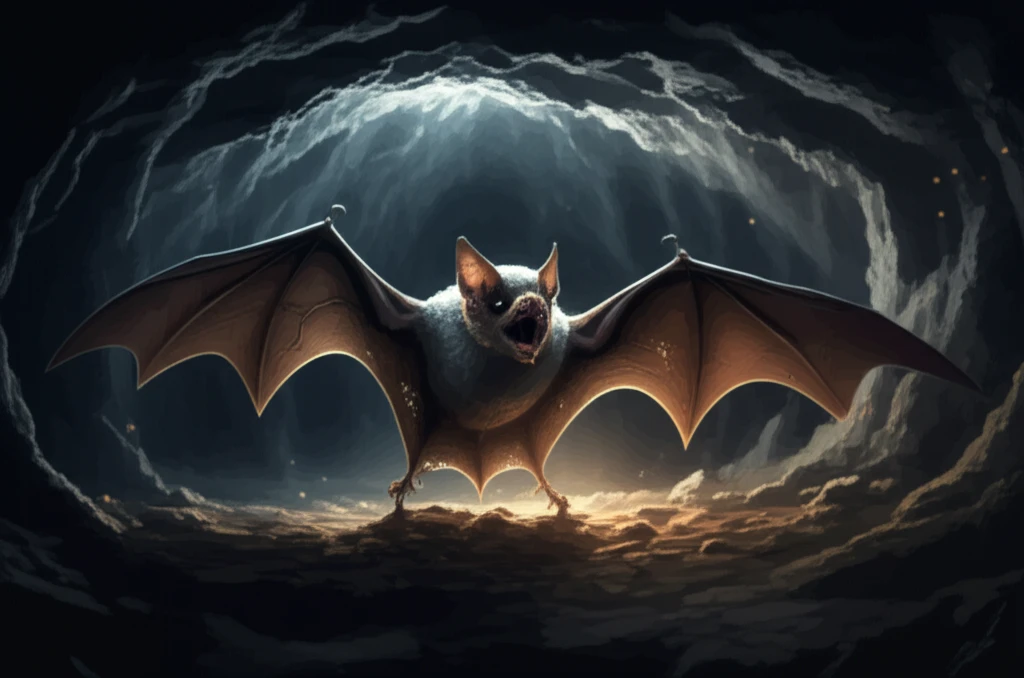
Bat Skin Secrets: What Fungi Tell Us About Their Health Down Under
"Aussie researchers discover the diverse fungal life on bent-winged bats, revealing clues to their resilience and potential vulnerability."
Fungi are more than just forest floor organisms; they play a vital role in the health of animals, sometimes beneficial, and sometimes disastrous. White-nose syndrome (WNS), caused by the fungus Pseudogymnoascus destructans, has devastated bat populations in North America. This has prompted concerns about Australian bats.
In Australia, the southern bent-winged bat (Miniopterus orianae bassanii) is critically endangered. Researchers sought to determine if fungal diseases might be contributing to their decline, focusing on P. destructans, dermatophytes (skin fungi), and Histoplasma capsulatum (a fungus potentially harmful to humans). They compared these findings to the more common eastern bent-winged bat (M. orianae oceanensis) to understand the fungal diversity in different bat populations.
This research dives into the microscopic world on bat wings, exploring the types of fungi that live there and their potential impact on bat health, and human health. Discover what this means for bat conservation and the steps being taken to protect these vital creatures.
What Did the Bat Fungus Study Reveal?

The study involved swabbing bats and their environments in Victoria and South Australia to identify the fungi present using DNA analysis. Here's a breakdown of the key findings:
- P. destructans (White-Nose Syndrome): None of the bats or their environment tested positive.
- Histoplasma capsulatum: Detected in some bats (0-19% prevalence depending on location), but not in the environment, suggesting a low risk of transmission to humans.
- Fungal Diversity: A large variety of mostly environmental or plant-associated fungi were found on the bats' skin. These fungi were not considered significantly harmful to the bats.
What Does This Mean for Bat Conservation?
This study is the first in-depth look at the fungal communities on Australian bent-winged bats. It gives us a baseline understanding of what's normal for these creatures.
While the fungi found in this study don't appear to be major threats to bats, the researchers emphasize the importance of ongoing monitoring. They need to keep an eye out for the introduction of P. destructans and understand how changes in the environment might affect the fungal communities on bats and their health.
The information helps to implement stricter biosecurity measures to protect these bat populations and gives insights into the potential risk factors that could impact their survival.
